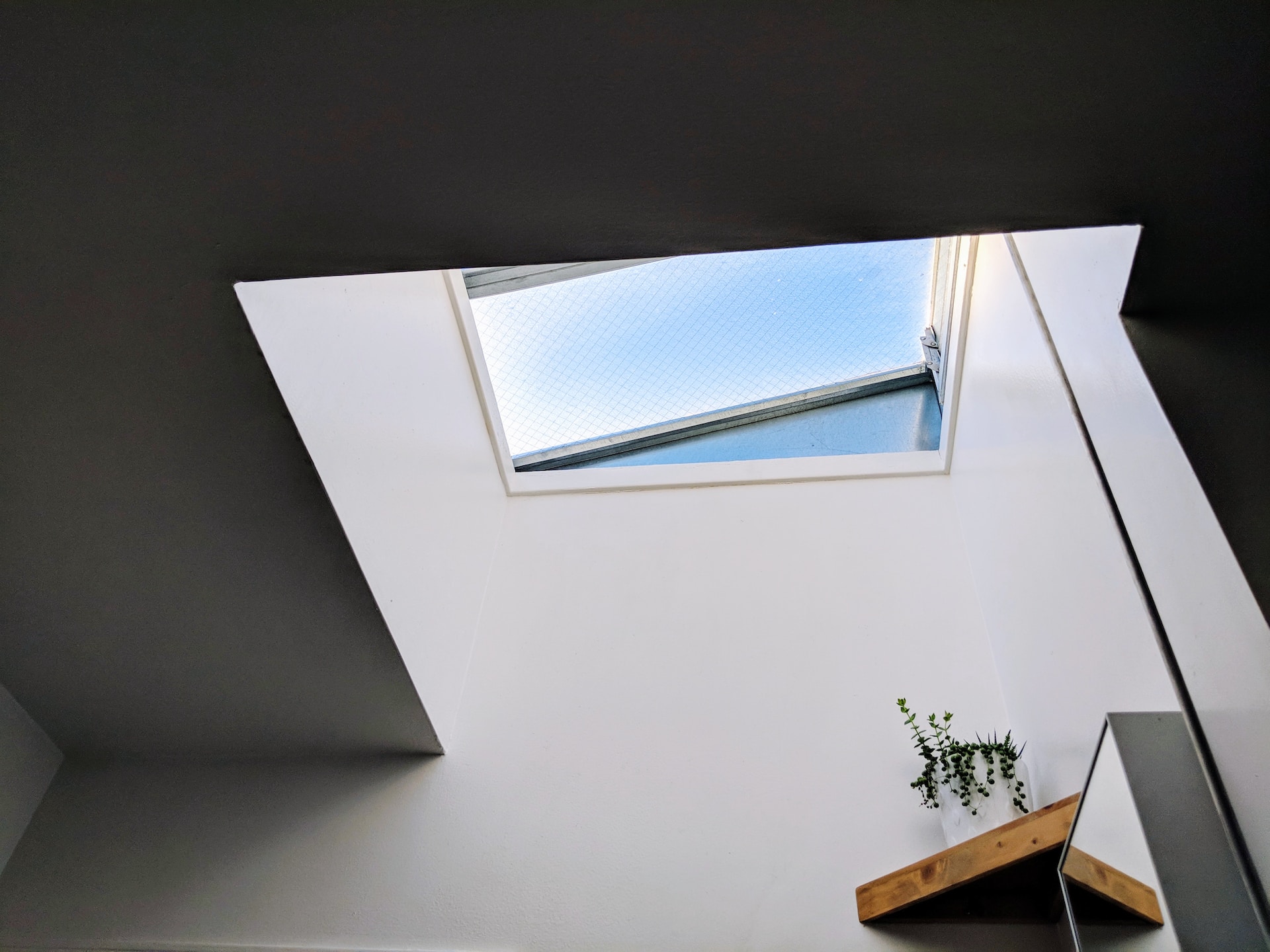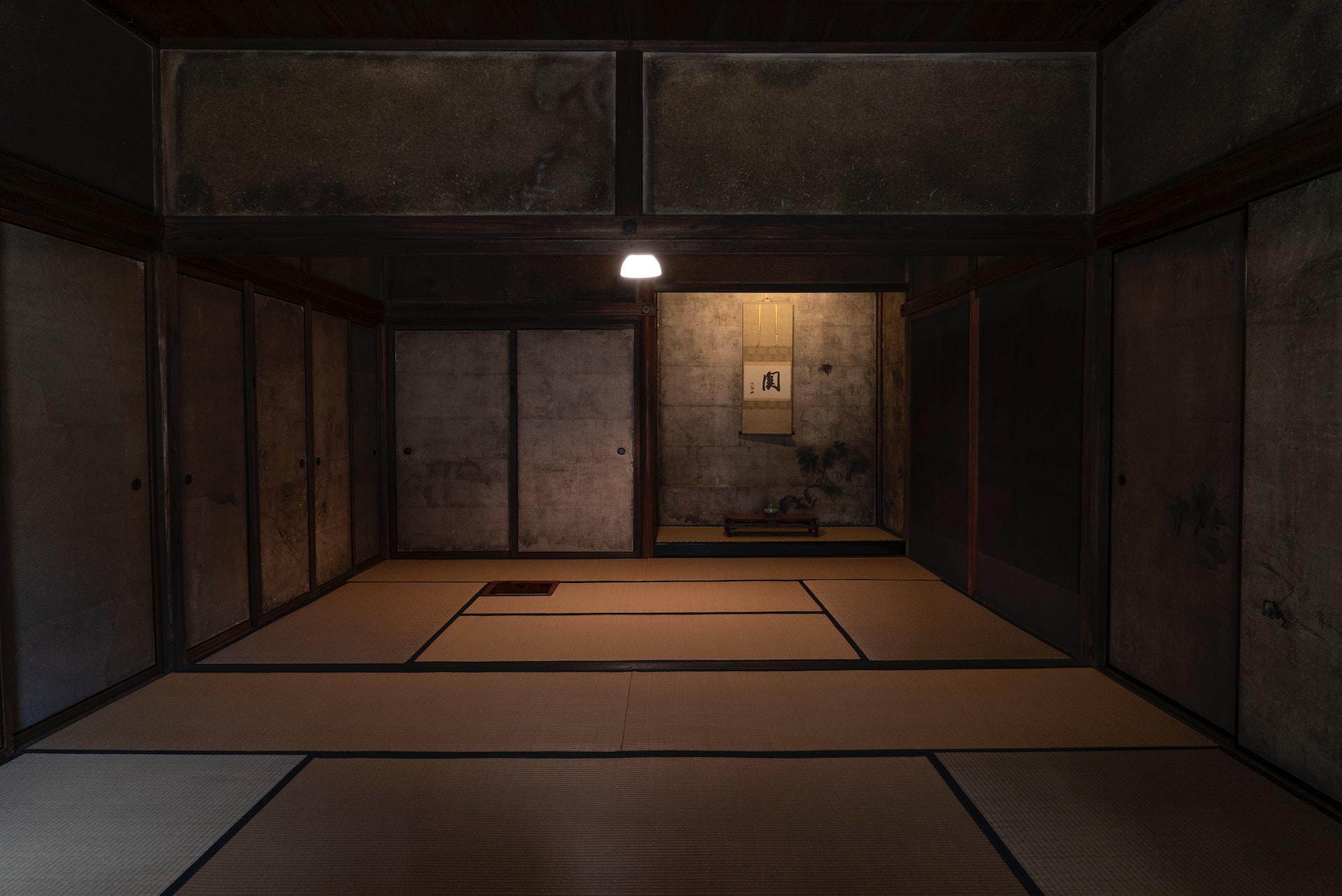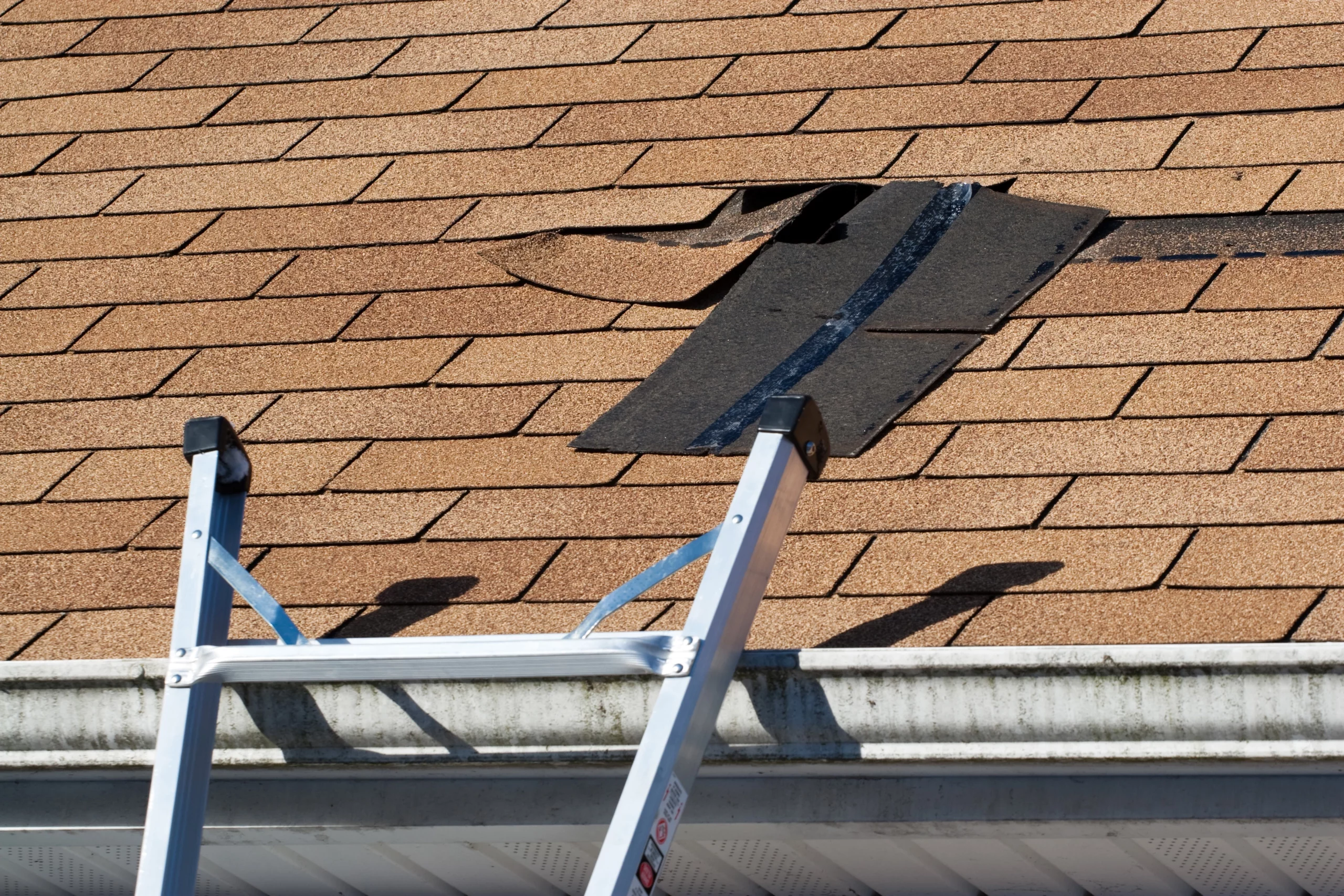Skylights are an excellent way to add natural light and ventilation to a home. They allow sunlight to enter a room from a unique angle, creating a bright and welcoming atmosphere. They can also provide an unobstructed view of the sky and stars, adding to the aesthetic appeal of a home.
Moreover, skylights can be fixed or operable, providing the option for natural ventilation. This can improve indoor air quality and reduce the need for air conditioning during the summer months. While the initial cost of installation can be high, skylights can be a valuable investment that can enhance the comfort and beauty of a home.
However, while we recognize the beauty of skylights, it is also worth noting that they have both pros and cons. These pros and cons should be considered before deciding if they are worth the time, effort, and money.
Today, we will discuss the pros and cons of skylights as the factors you may need to know about to make your decision.
The Pros of Skylights
Natural Light
Skylights provide natural light to a room that is not available through traditional windows. Natural light is important for human health and can improve mood, productivity, and sleep. Skylights can also reduce the need for artificial lighting during the day, saving energy and money on utility bills.
Ventilation
Operable skylights can provide natural ventilation to a room. This can help to improve indoor air quality and reduce the need for air conditioning during the summer months. Ventilation can also help to reduce moisture and humidity levels in a room, which can prevent mold growth.
Aesthetics
Skylights can add a unique architectural feature to a home or building. They can be designed in a variety of shapes and sizes to fit the style of the building. Skylights can also provide views of the sky and stars, creating a natural and peaceful ambiance.
Privacy
Skylights can provide natural light to a room without sacrificing privacy. They are typically installed high in the roof, so neighbors or passersby cannot see into the room.
The Cons of Skylights
Cost
Skylights can be expensive to install. The cost of installation depends on the size, type, and location of the skylight. The cost of installation can range from a few hundred dollars to several thousand dollars.
Heat Gain and Loss
Skylights can contribute to heat gain in the summer and heat loss in the winter. This is because they are typically made of glass, which is not a good insulator. Heat gain and loss can increase energy consumption and utility bills.
Leakage
Skylights can be prone to leaks if they are not installed correctly or if they are damaged. Leaks can cause water damage to the interior of the building and can be expensive to repair.
Glare
Skylights can create glare in a room, which can be uncomfortable for occupants. Glare can also make it difficult to see screens, such as televisions or computers.
Conclusion
Skylights have both pros and cons that should be considered before deciding if they are worth the money. First, the pros or advantages of skylights include natural light, ventilation, aesthetics, and privacy. Meanwhile, the cons or disadvantages of skylights include cost, heat gain and loss, leakage, and glare.
When deciding if skylights are worth the money, it is important to consider the specific needs and preferences of the occupants, as well as the location and orientation of the building. If natural light and ventilation are important, and the cost is not a major concern, skylights can be a valuable addition to a home or building. However, if energy efficiency and cost savings are a priority, other options, such as insulated windows or solar tubes may be a better choice.
Are you in need of professional skylight installation services? J. Carnes & Son Roofing is here to beautify your home through expertise, premium materials, and beyond. Contact our team today!




